-

A sample of research and free tools available to help communities better understand the potential socioeconomic impacts of climate change. Read more
-
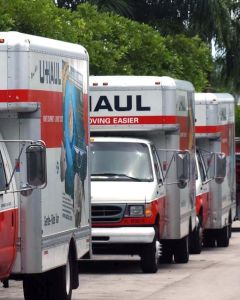
County migration and population trends in the West constantly change. We summarize counties into four types–high-wage services, farm-dependent, oil and natural gas boom, and retirement destinations–to show the relationship between population and economic structure. Read more
-
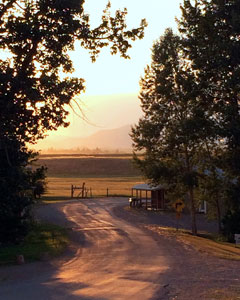
This report provides an overview of the Blackfoot River watershed’s economy and summarizes the findings from six focus groups that explored potential economic opportunities. Read more
-
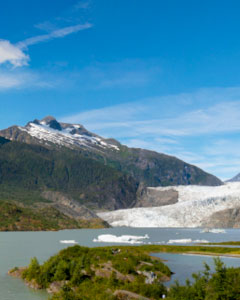
This report examines whether the Tongass Transition Framework, which proposed a “new path forward,” is working to enhance economic opportunities in southeast Alaska while conserving the National Forest. Read more
-

How can communities measure and take advantage of the economic impacts of nearby outdoor recreation activities on public lands? Read more
-

Getting the economics right is important for communities to compete in a modern economy. We’ve created a number of tools to help rural, western communities better understand current trends as well as the role of the nearby National Forest or other public lands. Read more
-

Compared to other nations and even U.S. states, the federal government is a conspicuous laggard in creating a natural resources trust which would allow for stable, permanent, and ever rising payments to states and local governments without risks to taxpayers. Read more
-

Lower oil prices could be great for the economy, but for the communities dependent on drilling, the price drop may prove challenging for several reasons. Read more
-
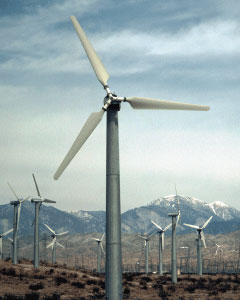
The West is rich in renewable energy opportunities, but research demonstrates that property tax revenues from this development vary widely across 17 rural study counties due to state tax policies. Read more
-
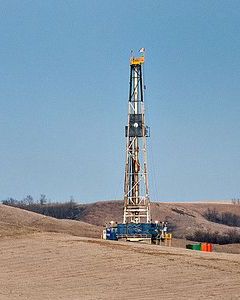
Monitoring can help local governments better understand the socioeconomic impacts caused by energy development, and support requests to industry and state government for assistance to implement appropriate mitigation. Read more
-
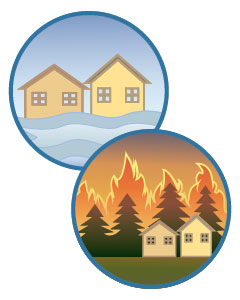
This paper reviews the experience of national floodplain management programs to draw lessons for new approaches to reduce the costs and risks posed by wildfire to properties in the Wildland-Urban Interface. Read more
-
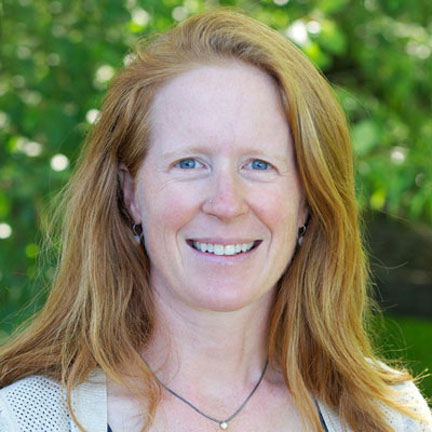
It’s All Hallow’s Eve, so we decided to look at western counties where the dead most recently were living. But a high death rate does not mean a county is faring poorly. Like most things, it’s complicated. Read more
-

Protected federal lands (such as Wilderness or National Parks) not only preserve unique landscapes, but have the potential to attract in-migrants such as baby boomers, which in turn help support a robust local economy. Read more
-
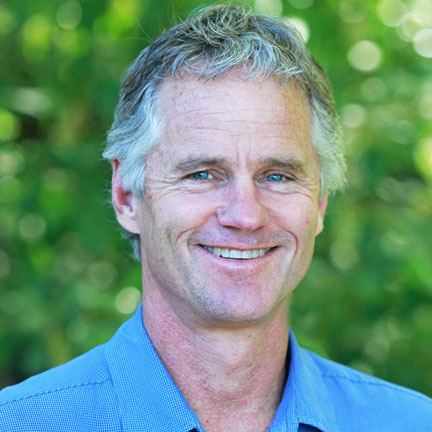
Today’s economy is much different than what we hear in the rhetoric from current politicians. We need our leaders to wrestle with current problems rather than old ones. Read more
-

The failure of Congress to pass wildfire disaster funding is a missed opportunity for two reasons: one to stop ‘fire borrowing’ and second to reduce risks and costs to homeowners and the taxpayer. Read more
-

Review the economic and demographic differences between Metro, Connected and Isolated counties. Read more
-
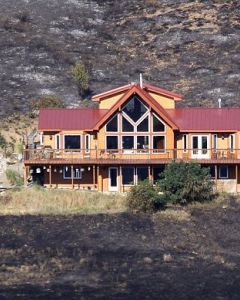
Study finds no evidence of a relationship between wildfire suppression costs and Firewise participation, suggesting policies should focus on other solutions to lower future expenditures, such as preventing development in high risk areas. Read more